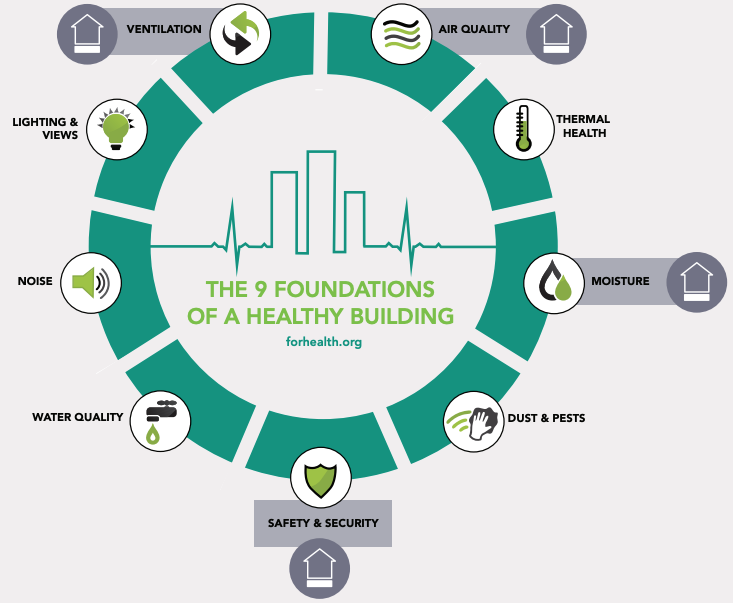Radon causes lung cancer and it can seep into your house through the basement. Typically about half of the radon in your basement finds its way onto the first floor of your home.
As a kid you were rightly scared of the basement, but it turns out you were scared for the wrong reasons! Basements don’t harbor monsters, but they often do harbor some nasty environmental contaminants.
The basement is your first line of defense against vapors that like to penetrate into homes from the ground below – gases like radon and VOCs. The basement is also typically where combustion sources can be found. And any time there is a combustion source, you have the potential for releasing the silent killer – carbon monoxide (don’t forget our recommendation on monitoring for CO in the whole home). Last, basements can be damp places, making them a terrific home for mold. So be brave, head to the basement and make sure no environmental monsters are lurking!
Radon is the second leading cause of lung cancer. If you don’t already know what the radon level is in your house, go find out. The tests are easy and cheap. If the levels are high, consider installing a passive or active radon mitigation system to help control indoor radon concentrations.
Asbestos can be used in insulation, floor tiles, wallboard, and many other building materials. Because it can cause serious and irreversible lung disease, homes built after the 1970s typically have fewer asbestos products. Fortunately, asbestos fibers are only an issue when they’re disturbed and released from the product into the air. In the basement keep an eye-out for asbestos around old boilers and pipes, and look for 8×8 inch floor tiles. Treat any damaged suspect material as ‘possibly contains asbestos’, don’t disturb it, and hire a professional to test and remediate, if necessary.
Basements are typically more damp than other areas of the home, and damp areas are a great environment for mold to grow. Consider dehumidifying your basement to help control moisture in the air during humid months. Also, look for telltale signs of water damage like mold growth, water stains on walls and ceilings, or warping floor or wall boards. Most importantly, remember our first expert tip to Trust Your Senses! If you smell something ‘musty’ or ‘moldy’, or if you see water staining or sagging paint, start looking for that water source and get it fixed, immediately.
Water alone doesn’t allow mold to grow – it also needs a food source. Carpets can act as a nutrient source for mold. In addition to being damp from moisture in the air, basements are prone to water damage from infiltration, pipe leaks and hot water heater and washing machine leaks. Choosing a hard floor surface minimizes places for mold to grow if you have excess water, and it’s a lot easier to manage a leak event when you have a non-porous floor.
Placing leftover paint, paint thinner, gasoline or other solvents out of sight doesn’t mean we are totally safe from them. In fact, these substances smell so strong to us because they contain chemicals that easily volatilize, and can make their way from the basement to the rest of the house. Even when in a closed container they can be a constant source of harmful chemicals. In addition, many of these substances are flammable, making it a bad idea to have them nearby boilers and other home systems. Avoid having any kind of solvents (or other chemical storage) inside your basement.
